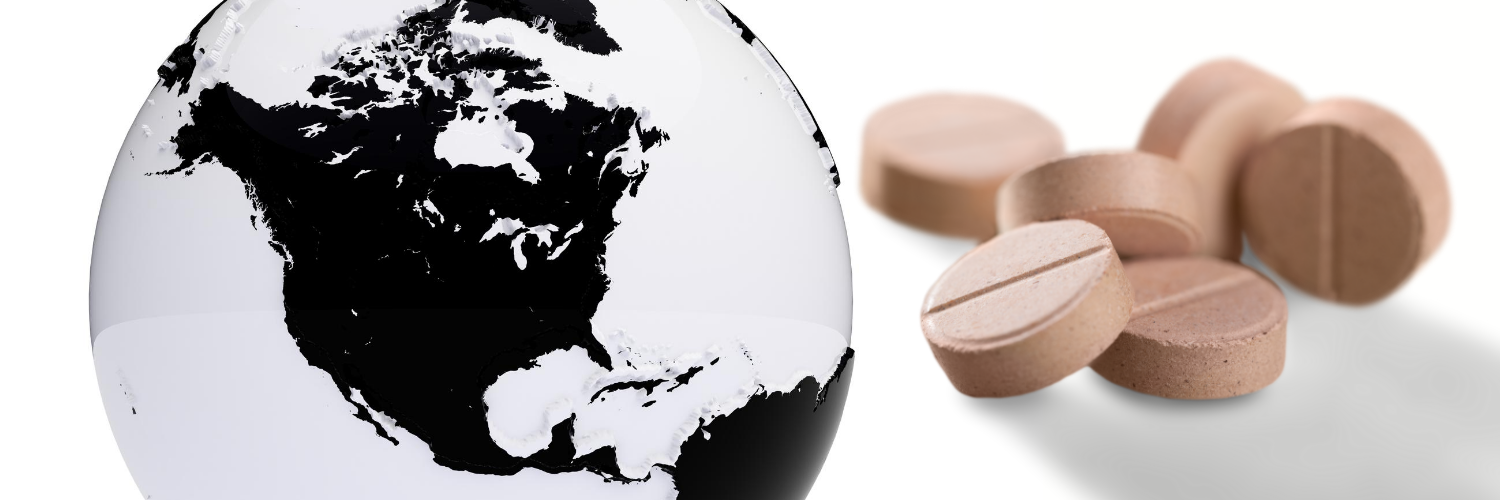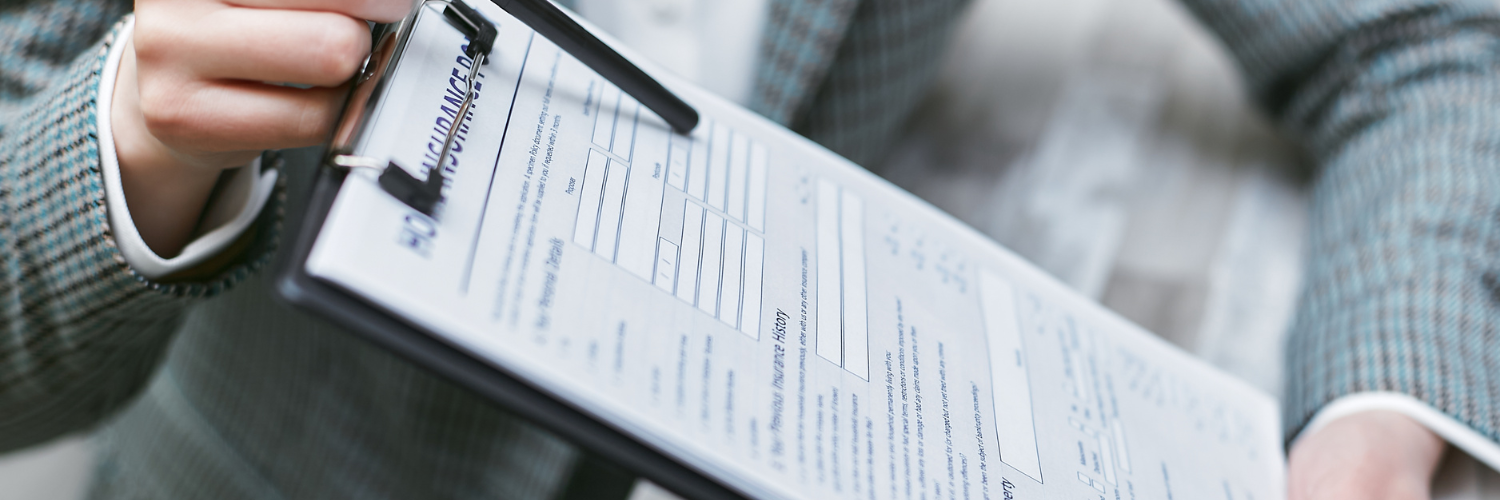Whom do patient assistance programs really help?

When the price of drugs looks intimidating, physicians will often point their patients toward what are called “patient assistance programs” (PAPs). These programs alleviate the pain of high-cost prescription drugs. In theory, these programs are good. In practice, though, the programs may not be as wholly wonderful.
A new study published in the Journal of the American Medical Association suggests that patient assistance programs most often exclude the people who need them most. The study, authored by So-Yeon Kang, Aditi Sen, and Ge Bai, examined six independent charity organizations that operated, in total, 274 PAPs. Among the PAPs surveyed, almost all of them required insurance in order for the patient to be eligible for assistance. According to the results of the study, 267 of the 274 PAPs — that’s 97% — did not cater to patients without insurance. In addition, coverage was frequently concentrated on expensive, brand-name drugs. The study found that for off-patent drugs (which cost over $10,000), there existed a median of 3.1 available programs. For the generic equivalents, which are much cheaper, there existed 1.2 available programs.
Effectively, the more high-end the drug, the more likely it is to have accompanying PAPs. This means patients seeking generic drugs are less likely to find assistance.
The PAPs surveyed also seemed to cluster around rarer diseases. Of the 274 surveyed, 41% focused on cancer treatment or cancer-related medications. Another 34% focused on “genetic or rare diseases.”
So, who really benefits from patient assistance programs?
At least according to this study, which focused on the six major independent charities, PAPs tend to boost the upper middle class!
Consider the numbers: A staggering 13.7% of American adults are currently uninsured, about 35 million people. These are the people who need assistance purchasing prescription drugs the most, as they cannot depend on an insurer.
That said, PAPs should not be ruled out or ignored as an option to afford much-needed medication. Many drugs do have patient assistance programs at hand, and patients should certainly be made aware that they exist. Anything to alleviate the cost of drugs is, at the very least, a good thing.
What exactly is a patient assistance program?
A patient assistance program is a financial assistance program that aids in the cost of prescription drugs. Some of these programs are run by charities, while many are run by pharmaceutical companies themselves. There are also state-run programs in select few states that mimic the makeup of Medicare or Medicaid. To get the benefits of a PAP, patients most often need to apply for assistance.
You can search for patient assistance programs available for your medications using our website:
Patient Assistance Program Search
Patient assistance programs also notably rarely offer free drugs. These are cost-alleviating programs that exist to share the financial burden, not remove it entirely. Of the 274 programs surveyed in the study, none offered “free” prescription drugs — 168 offered co-pay assistance, nine offered assistance in subsidizing health insurance premiums, and 90 allowed patients to pick between the two.
What are some examples of pervasive and well-received programs?
The nonprofit RxOutreach is one of the most widely-available programs. For the top ten most prescribed drugs of 2019 (according to GoodRx, as of July 2019), more than half of the available PAPs were provided by RxOutreach. For the top 10 drugs, there were 30 listed PAPs according to RxAssist, a comprehensive database of assistance programs. Of these 30, sixteen were provided by RxOutreach.
RxOutreach bases eligibility purely on income and provides assistance to people with and without insurance. According to the nonprofit’s website, RxOutreach serves people who fall under 400% of the federal poverty level, which is currently set at $12,040 for a one-person household.
Have these programs been investigated before?
Yes. The federal government has been onto PAPs since the early 00s. In 2005, the Office of the Inspector General issued a Special Advisory Bulletin regarding PAPs, according to the American Bar Association. At the time, there was concern that PAPs could operate as stealthy advertising for brand-name drugs, violating the federal anti-kickback statute. The special advisory in 2005 stipulated that enrollees of the Medicare Part D program -- which hadn’t gone into effect just yet — were still eligible for PAPs, despite the fact that Medicare Part D in combination with a PAP might brush up against the anti-kickback statute.
“Given the importance of ensuring continued access to drugs for beneficiaries of limited means and the expedited time frame for implementation of the Part D benefit, we are issuing this Special Advisory Bulletin to identify potentially abusive PAP structures, as well as methods of providing assistance that mitigate or vitiate the potential for fraud and abuse,” Daniel R. Levinson, the inspector general at the time, wrote in the bulletin.
In the ensuing years, drugmakers have frequently come under investigation for violating anti-kickback laws. Most recently, in December of 2018, Actelion Pharmaceuticals paid $360 million to settle a lawsuit regarding potential kickbacks being rerouted through a patient assistance program. Actelion is far from the only pharmaceutical company to face such scrutiny; drug giants Pfizer, Biogen, Eli Lilly, and Teva Pharmaceuticals have all been subject to such lawsuits in the past decade.
In March of 2019, Senator Chuck Grassley, the chairman of the Senate Finance Committee, requested the Health and Human Services Office of the Inspector General release a comprehensive list of PAPs that have come under legal scrutiny.
What are some programs that do help people without insurance?
Many state-run programs offer assistance to people without health insurance or even Medicare or Medicaid. The eligibility requirement, in these cases, is solely based on income, residence, and age.
For the Pennsylvania PACE Needs Enhancement Tier, patients must have been a resident of the state of Pennsylvania for at least 90 days in addition to having an income below or between $14,501 to $23,500 if single; and $17,701 and $31,500 if married. This program also requires patients to be 65 years old or above.
What do I do if PAPs can’t help me and there is no generic alternative in the U.S.?
First of all, compare prices before going all in on PAPs. That way you’ll know how much they can save you. Overall, we recommend investigating patient assistance programs, accredited international online pharmacies, prescription drug discount cards to use at your local pharmacy, and checking with your clinician for therapeutic alternatives. All are critical steps when seeking ways to cut costs on pricey meds and stay healthy by not skipping medications that you need.
I do have insurance. How can I find a PAP to assist me?
There are many databases online that will help you find a program to meet your prescription needs. PharmacyChecker has our own database of patient assistance programs available for your prescription medications. Simply type in your prescription and PharmacyChecker will list which programs exist to alleviate the cost of medication.
A number of PAPs do assist patients with insurance, as evidenced by the study above.
What are some limitations that this survey may have had?
The study honed in on six independent charity programs, which together operate 274 PAPs. There exist many more PAPs than just these 274, but a number of programs did not meet the study’s eligibility requirements.
Read more on Ask PharmacyChecker
How can patients deal with drug price increases?
Why are drug prices so different at different pharmacies?
How do I know an online pharmacy is legitimate and safe?
Do you have questions or concerns about patient assistance programs? We’re here to help.
Comment below or ask a question by logging in to My PharmacyChecker.




